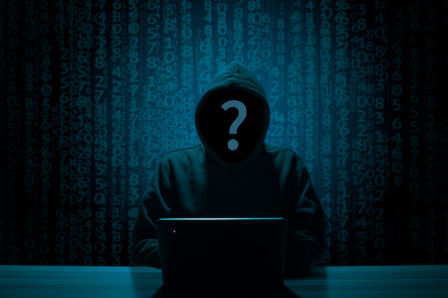How a Small Business Was Almost Scammed

Sarah was the owner of a small marketing agency, thriving in her industry but juggling the many tasks of running a growing business. One Friday morning, she received an invoice in her email from a company she had worked with in the past, a printing service that often supplied materials for her client presentations. The invoice was professional, complete with the company's logo, detailed charges, and a due date for payment. The amount wasn’t outrageous—just $1,200 for some recent print orders—so it didn’t immediately raise any red flags.
The email seemed legitimate, coming from what appeared to be the company’s regular email address. Sarah was in a rush to complete her monthly accounting, and with no time to verify the details, she forwarded it to her finance department for payment. Everything seemed in order.
However, just before the payment was processed, Sarah’s finance manager, Jason, decided to double-check the invoice. Something felt off. The invoice referenced an order number that didn’t match any records of recent purchases. Jason also noticed that the wording in the email was slightly different from previous communications from the printer, almost as if it were written by someone else.
Jason called the printing company directly using the phone number on their website. The customer service representative confirmed that they hadn’t sent any recent invoices to Sarah’s agency, and no orders were outstanding. The email, while looking nearly identical to past communications, was a fake—an attempt to scam the company out of $1,200.
Shocked, Sarah quickly contacted her IT team to investigate further. They found that the scammers had likely obtained Sarah’s email address through a phishing attempt and had copied the look and feel of the printer’s actual invoices to create a convincing fake. They had even spoofed the company’s email address to make it look like it was coming from a trusted partner.
Thanks to Jason’s diligence, the payment was never made, and Sarah’s business avoided falling victim to the scam. Realizing how easily it could have happened, Sarah implemented new security measures, including a more thorough invoice verification process and regular training sessions for her team on identifying potential scams.
The incident was a wake-up call for Sarah’s business. It showed how vulnerable even the most careful companies could be and reinforced the importance of staying vigilant in the face of increasingly sophisticated fraud attempts. While Sarah’s agency was able to catch the scam in time, it served as a reminder that scammers are always looking for new ways to exploit businesses, big and small.
Recent Stories
- Fake business invoice scams
- Brooklyn woman loses $100,000 in fake tech support scam. Here's how you can try to stay safe.
- Online shopping scam: we lost $160 on a fake BBQ
- Personal data of about 3 crore Star Health customers up for sale online; hacker alleges top official for breach
- The Product Fraud That Damaged Our Reputation
- How Data Theft Almost Compromised Our Clients' Information
- The Expense Fraud That Cost My Company Thousands